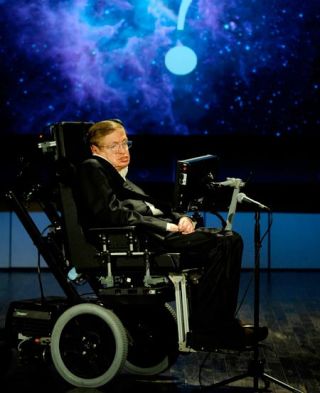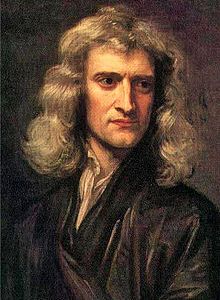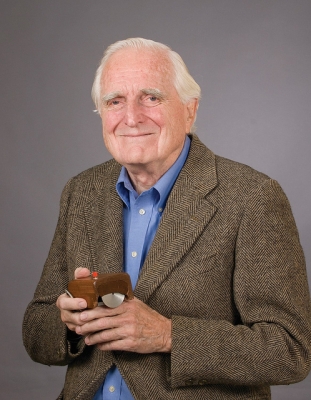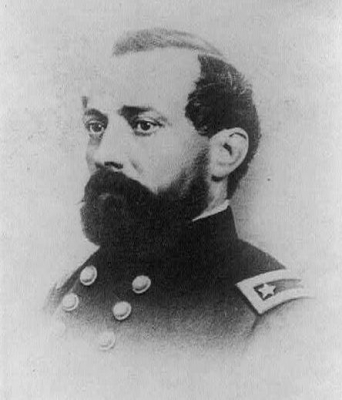
The genius in the wheelchair
When Stephen Hawking was 21, he was given only a few years to live after being diagnosed with a rare form of motor neurone disease. Undaunted, Hawking made breakthroughs in quantum physics and cosmology with his “The Theory of Everything” and his work on black holes. Although a number of biographies have been written about the genius, a new memoir gives an affectionate account of Hawking and his indomitable spirit.
Written by Leonard Mlodinow, who worked closely with Hawking for nearly 11 years and co-authored two bestselling books with him (“A Briefer History of Time” and “The Grand Design”), “Stephen Hawking – A Memoir of Physics and Friendship gives fresh insights into Hawking’s character and his famous sense of adventure and fun.
A daredevil
Hawking was born on January 8, 1942 in Oxford. At 17, he won a scholarship to study at University College, Oxford. Despite his brilliance in academics, Hawking hated studying. According to his own estimates, he studied for only 1,000 hours during his three undergraduate years at Oxford. Once he even joined the college boat dub. But earned himself a daredevil reputation as he steered his crew on risky courses that often damaged boats.
Living with a rare disease
After being diagnosed with a rare form of motor neurone disease known as ALS, Hawking sunk into depression. Though the disease progressed slowly, it began to interfere with his daily activities, and his condition worsened in 1985 during a trip to Cern. Hawking underwent a tracheotomy, which saved his life but destroyed his voice. He started using a voice synthesiser.
The early diagnosis of the terminal disease ignited a sense of purpose in Hawking and he embarked on his career in earnest. He pursued his work with black holes and relativity with new zest. In 1988, Hawking published “A Brief History of Time, which turned him into an instant icon.
Writing for children
Hawking and his daughter Lucy came up with a series of illustrated books to explain the “secret keys to the universe” to young readers. The books deal with complex topics, including the Big Bang, black holes, atoms. planets and their moons, in the form of space adventures embarked on by junior astronaut George and his best friend Annie. The series helped simplify cosmology for children.
Love for adventures
Hawking enjoyed his fame, taking many opportunities to travel and to have unusual experiences such as going down a mine shaft visiting the south pole and undergoing the zero-gravity of free fall, and to meet other distinguished people.
Legacy
Hawking died at his home in Cambridge on March 14, 2018, at the age of 76. In the same year in June, Hawking’s words, set to music by Greek composer Vangelis, were beamed into space from a European Space Agency satellite dish in Spain with the aim of reaching the nearest black hole 1A 0620-00.
Picture Credit : Google





